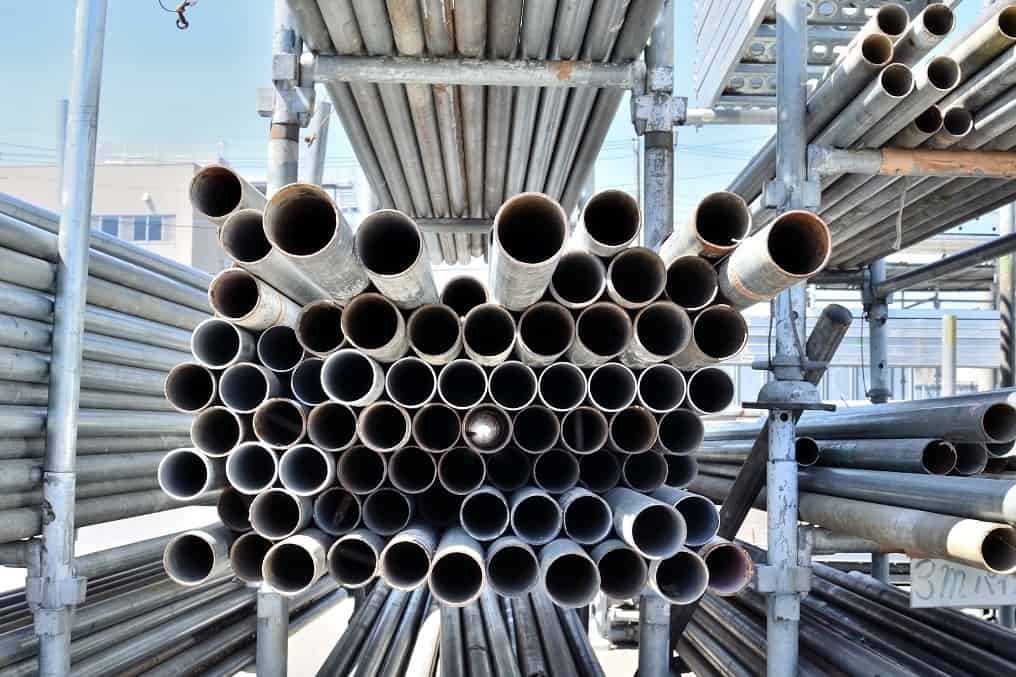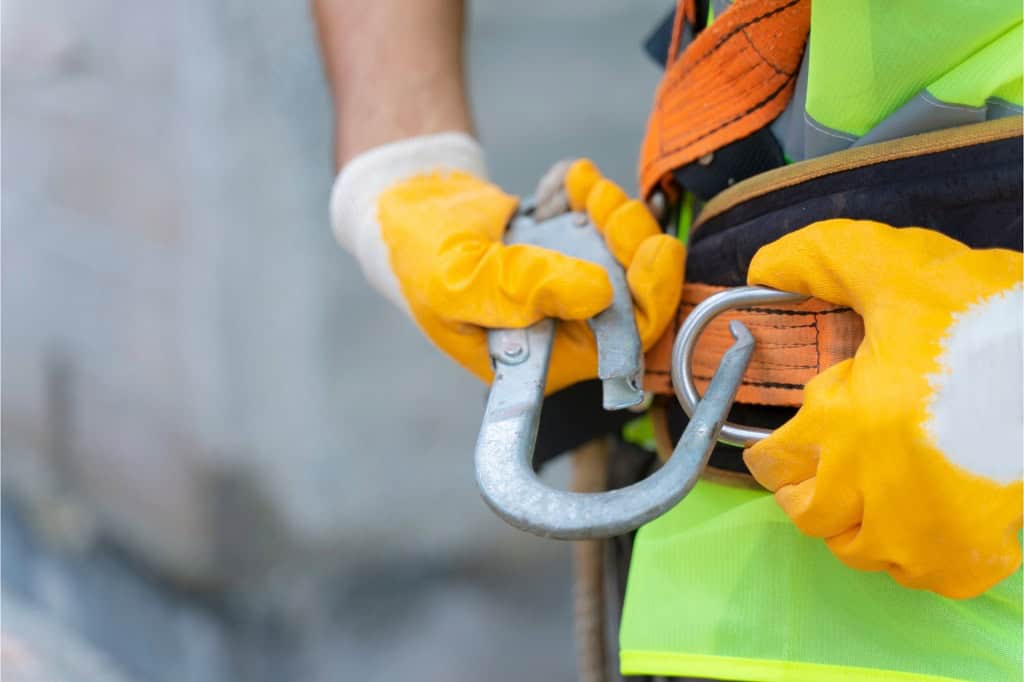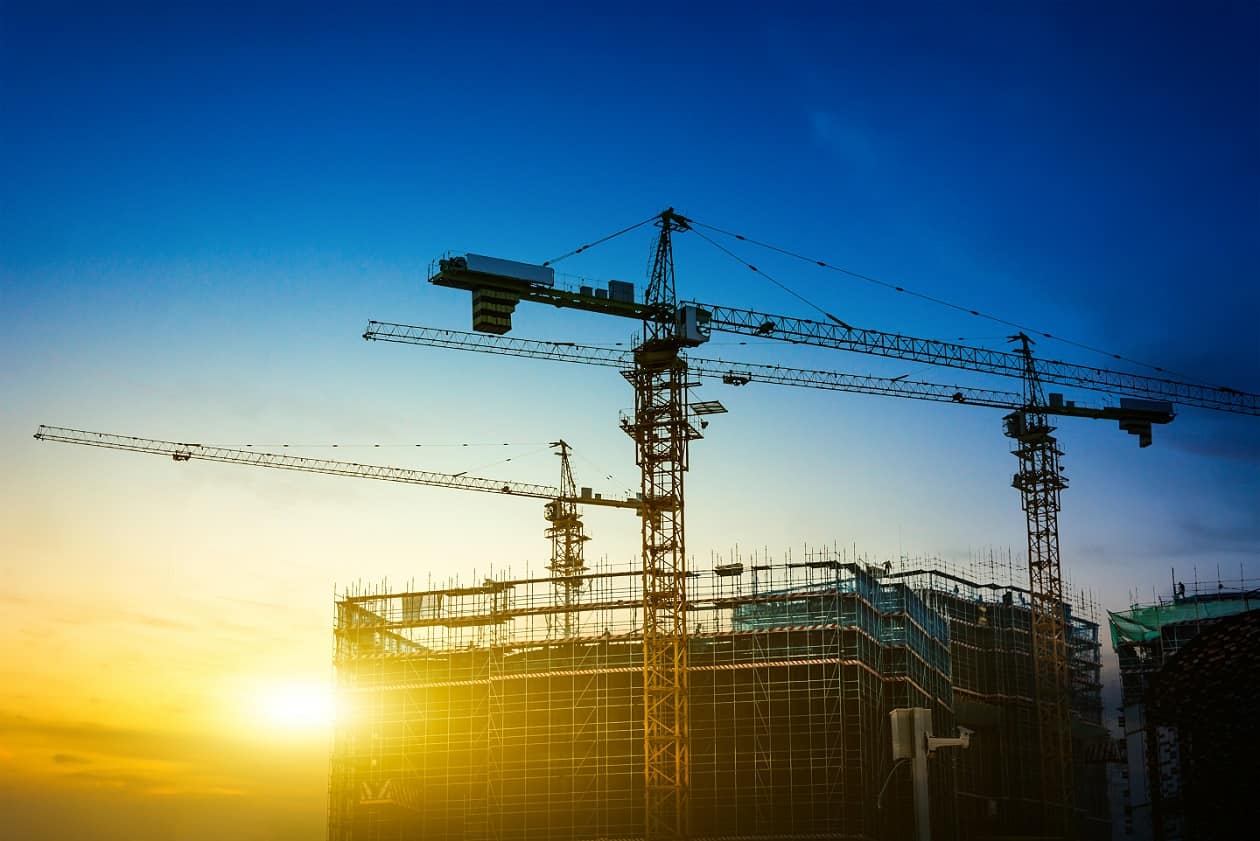Introduction
Professionally engineered scaffolding has been shown to enhance safety, efficiency, and workmanship across a wide range of projects—from high-rise developments in urban centres to delicate heritage restorations. The following seven key reasons demonstrate why carefully designed and installed scaffold systems are essential to contemporary construction.
Safety First: Protecting Workers and the Public

Engineered scaffolding systems provide stable platforms, guardrails, toe boards, and debris nets that drastically reduce fall risks and prevent tools or materials from endangering anyone below. Compliance with international standards (OSHA, EN, BS, JIS, AS, etc.) not only protects your crew but can also lower insurance premiums and avoid regulatory fines. Regular inspections and tag systems ensure that any wear or damage is identified immediately, maintaining the highest level of protection throughout the project lifecycle.
Access to Every Nook and Cranny
Adjustable heights, cantilevered outriggers, and suspended brackets make it possible to reach curved façades, intricate cornices, and other awkward or elevated work areas. Tube-and-clamp and modular frame variants adapt to virtually any geometry, ensuring safe, direct access exactly where it’s needed. With the right configuration, even the most complex structures—vaulted ceilings, overhangs, or tapered profiles—can be approached confidently and without improvisation.
Efficiency That Accelerates Schedules
Quick-lock frame scaffolds and lightweight components enable fast assembly, adjustment, and teardown, greatly reducing labor hours spent on rigging. Integrated material hoists, tool cradles, and stair-tower attachments cut down on time-consuming trips up and down ladders, allowing multiple trades to work in parallel and keeping the project on track. This streamlined access also minimizes downtime during shift changes and handovers, which can cumulatively shave days off a tight schedule.

Support for People and Materials
Load-rated decks and ledger beams carry heavy building materials—bricks, formwork, cladding panels—right at the work level, eliminating constant lifting and lowering. This reduces manual handling, lowers the risk of musculoskeletal injuries, and streamlines supply to masons, painters, and installers without relying solely on cranes or forklifts. In addition, integrated debris chutes and material drop zones help manage waste and keep the site clean and organized.
Flexibility to Suit Any Project
Scaffold designs range from standard fixed-bay frames to mast-climbing units and bespoke tube-and-clamp configurations. You can scale by adding bays or lift towers, integrate mesh panels or walk-through gates, and customize tie-in points to align with structural features and local codes. This adaptability not only addresses current construction requirements but also anticipates future modifications, making scaffolding a long-term asset rather than a one-off expense.

Improved Work Quality and Consistency
Stable, level platforms minimize vibration and movement, enabling precision tasks like tile setting, joint alignment, and façade detailing. Eye-level inspection access ensures welds, sealants, and finishes can be verified in real time, maintaining consistently high workmanship standards. Additionally, well-lit scaffold decks—when outfitted with overhead canopies or integrated lighting—enhance visibility, further improving accuracy and reducing rework.
Cost-Effectiveness Across the Project Lifecycle
While there’s an upfront investment, scaffold systems deliver a strong return through shorter timelines, fewer accident-related delays, and reduced heavy-equipment rental. Modular solutions also offer long-term value, as the same components can be re-erected for future maintenance, renovations, or expansions. When factoring in the savings from lower labor costs, decreased insurance fees, and minimized material waste, the overall project budget often comes in under initial estimates.
Quick-Hit Benefits at a Glance
Safety: Stable, secure platforms with integrated fall protection and inspection protocols.
Access: Safe reach to elevated or hard-to-access areas, including complex geometries.
Efficiency: Rapid setup, integrated hoists, multitier staging, and minimized downtime.
Support: Load-rated decks handle both workforce and heavy materials seamlessly.
Flexibility: Custom configurations for virtually any structure, code, or future change.
Quality: Precision work environments with improved lighting and real-time inspections.
Cost-Effectiveness: Lower overall expenses through speed, safety, re-use, and reduced waste.





